
Satyr
Who is a Satyr?
Satyrs have the ears, tail, and sometimes the legs and horns of a horse or a goat.
They are known for their love of wine, music, dancing, and women.
These creatures often follow the god Dionysus, who is the god of wine and festivities.
Satyrs are also very playful and mischievous, but they can also be wise and helpful.
They appear in many stories and artworks from ancient Greece and Rome.
Some examples of famous satyrs are:
Silenus: He is the oldest and wisest of the satyrs.
He is the foster father and tutor of Dionysus.
Silenus knows many secrets and prophecies, but he is also very drunk and lazy.
He rides on a donkey because he can barely walk.Marsyas: He is a talented musician who plays the flute.
This satyr challenges the god Apollo to a musical contest, but he loses and is punished by being skinned alive.
His blood becomes the source of a river named after him.Pan: He is the god of nature, shepherds, and flocks.
This satyr has the legs, horns, and beard of a goat.
He plays the panpipes and causes panic with his loud noises.
Pan is also very fond of nymphs, but they often reject him.
Example of the color palette for the image of Satyr
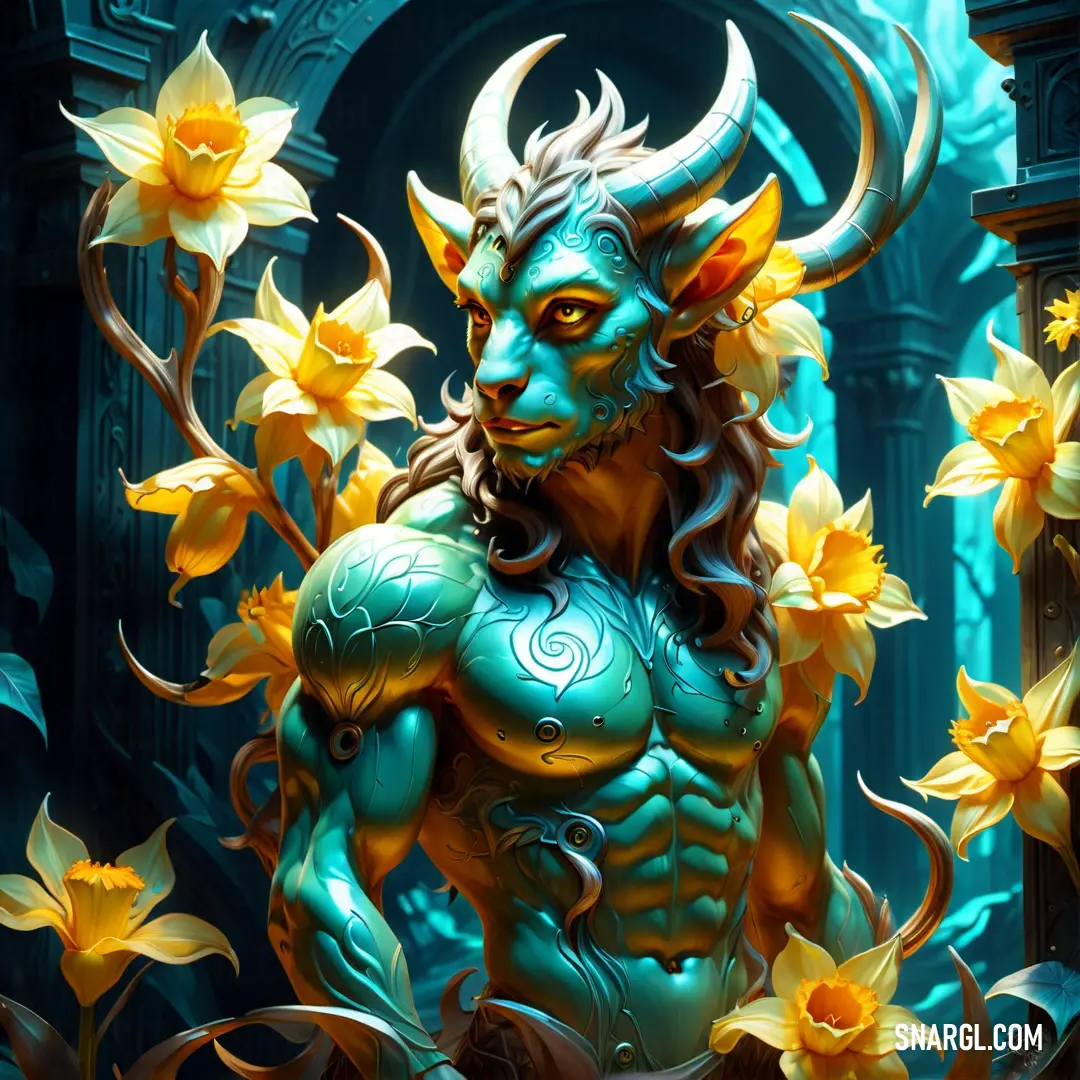
See these colors in NCS, PANTONE, RAL palettes...
Example of the color palette for the image of Satyr
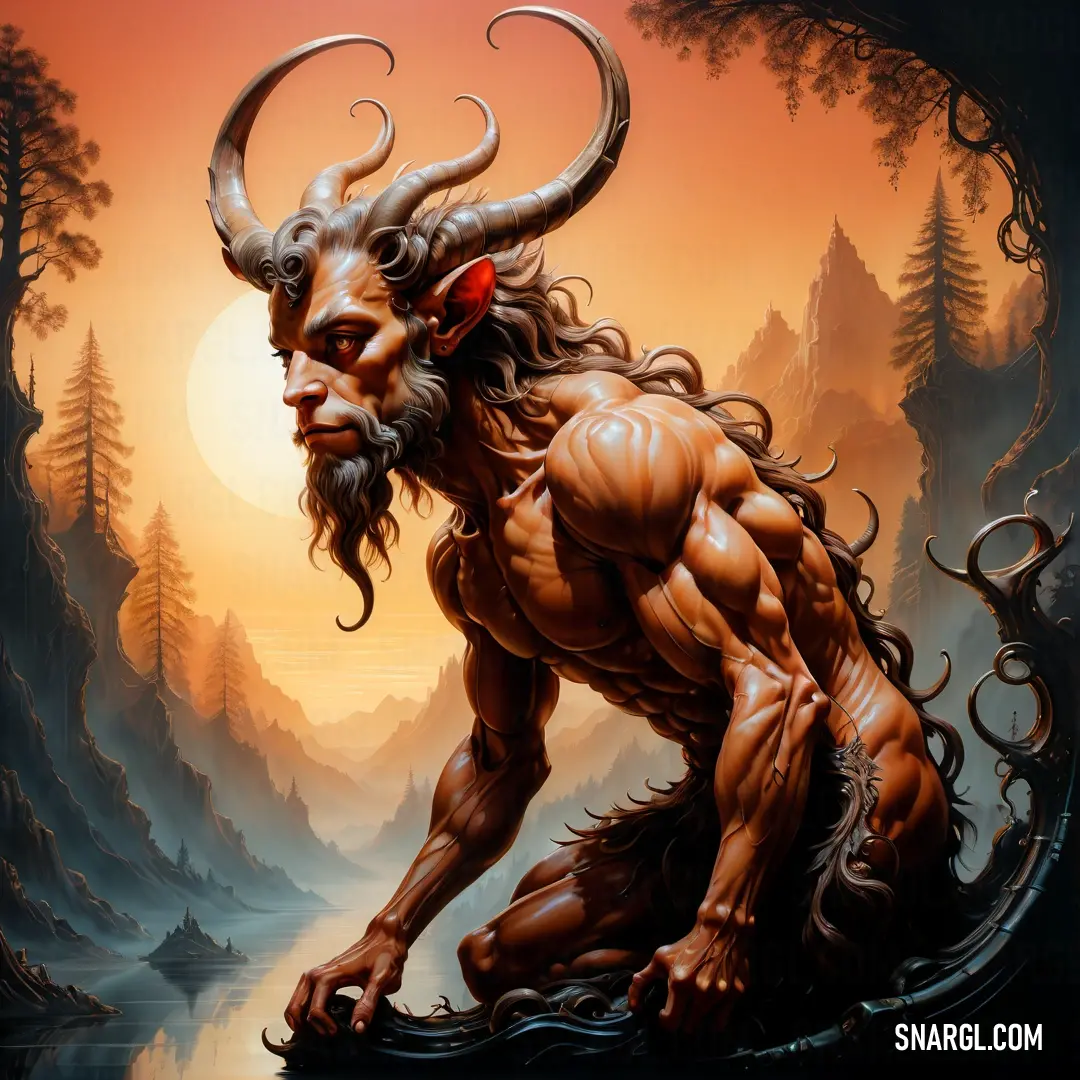
See these colors in NCS, PANTONE, RAL palettes...
What does a Satyr look like?
In Greek mythology, Satyrs are depicted as creatures with human-like upper bodies and the lower body of a goat, complete with furry legs and cloven hooves.
They often have pointed ears, upturned noses, and a tail.
Typically, they're shown with a permanent, mischievous grin and carrying a flute or other musical instrument.
Satyrs are known for their love of revelry, dancing, and their association with the god Dionysus.
They embody the untamed spirit of nature and are often portrayed in art and literature as wild, lustful, and free-spirited beings.
Example of the color palette for the image of Satyr
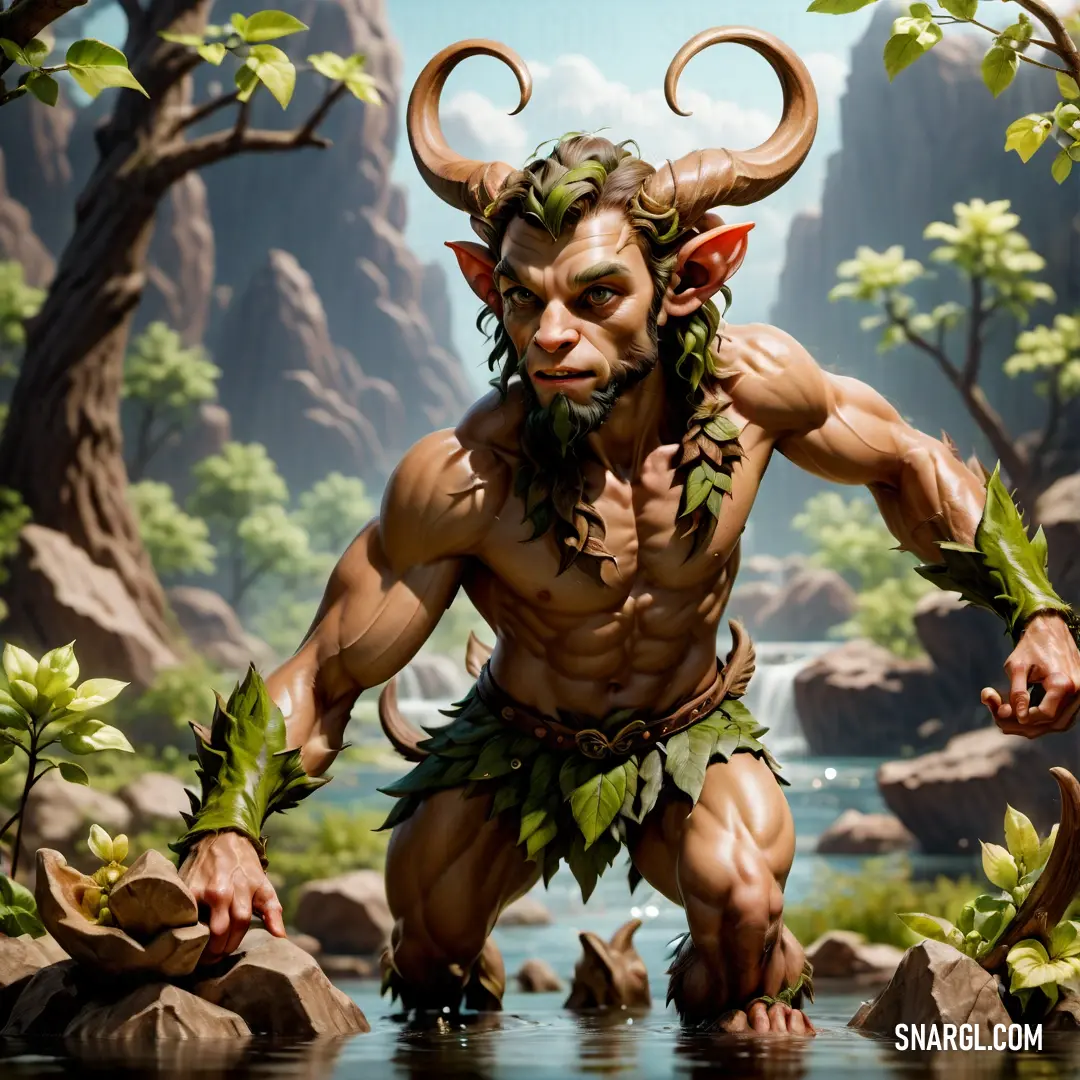
See these colors in NCS, PANTONE, RAL palettes...
What are Satyrs known for?
Satyrs are known for being male nature spirits with animal features, such as horns, tails, ears, and sometimes legs of a goat or a horse.
Satyrs are often depicted as lustful, drunken, and playful creatures, who enjoy music, dancing, and chasing nymphs and mortal women.
Satyrs are also believed to possess some wisdom and knowledge of nature, especially the older and more sober ones, such as Silenus, the tutor and companion of Dionysus.
Satyrs have undergone various transformations in art and literature over time, becoming more humanized and less bestial in some depictions, and more goat-like and less horse-like in others.
Satyrs have continued to inspire many artists and writers since the Renaissance, and have appeared in various works of fantasy and children's literature, often under the name of "fauns".
Example of the color palette for the image of Satyr
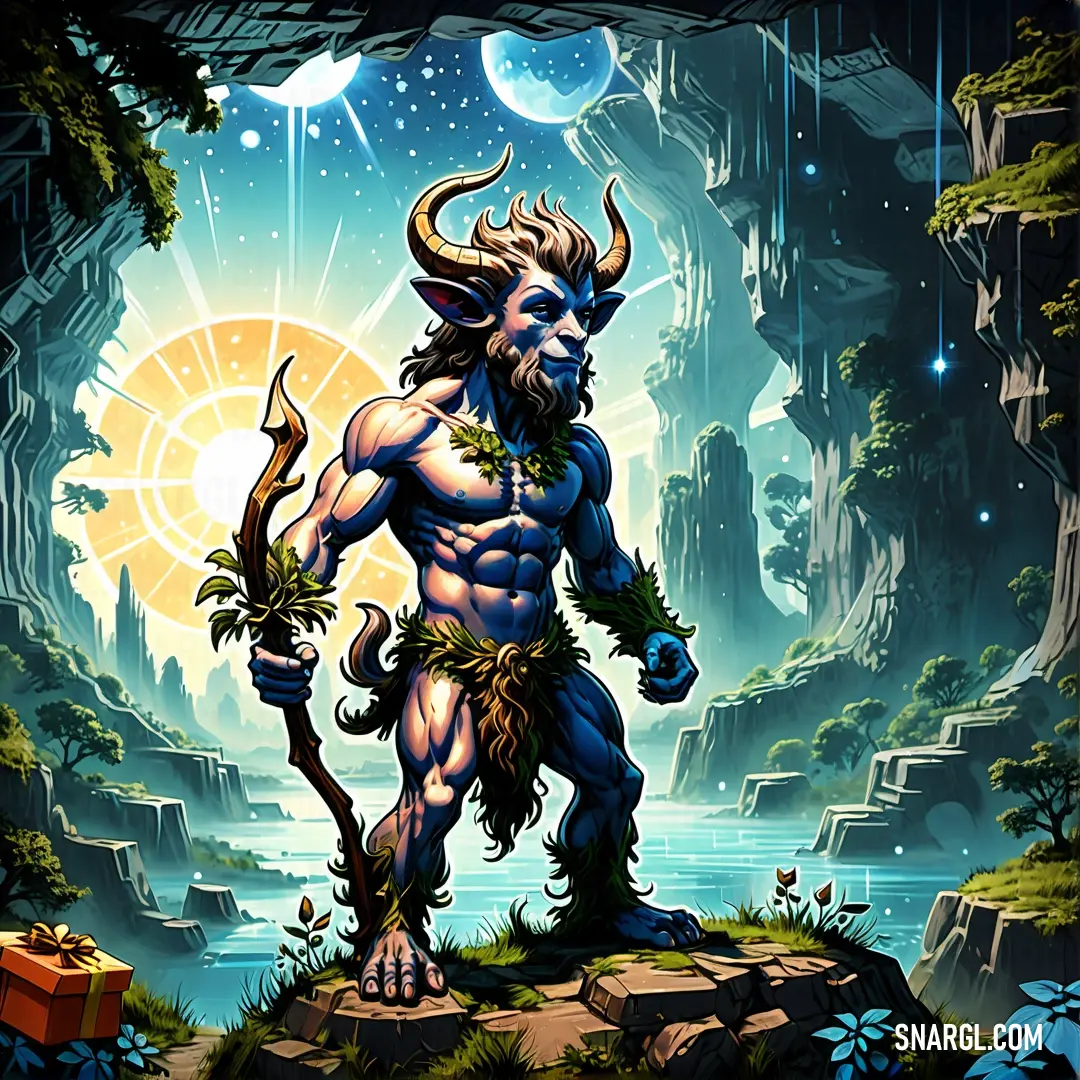
See these colors in NCS, PANTONE, RAL palettes...
What does it mean when someone calls you a Satyr?
If someone calls you a satyr, they may be implying that you are a lecherous or lustful person who is always chasing after women or engaging in sexual activities.
This is because, in Greek mythology, satyrs were male nature spirits who had the ears and tail of a horse or goat, and a permanent, exaggerated erection.
They were companions of Dionysus, the god of wine, and they loved to drink, dance, and have sex with nymphs and mortal women.
They were also known for their crude and obscene humor, and their lack of manners and morals.
However, calling someone a satyr may also have a positive connotation, depending on the context and tone.
It may mean that you are a fun-loving or playful person who enjoys life and its pleasures.
It may also mean that you are a talented or creative person who has a passion for music, art, or poetry.
This is because some satyrs in Greek mythology were skilled musicians or poets, such as Marsyas, who challenged Apollo to a musical contest, or Silenus, who was the tutor of Dionysus and a wise adviser.
Therefore, the meaning of being called a satyr may vary depending on the situation and the intention of the speaker.
It may be an insult or a compliment, or something in between.
You may want to ask the person who called you a satyr what they meant by it, or observe their body language and facial expression to get a clue.
Alternatively, you may choose to ignore it or laugh it off, depending on how you feel about it.
Example of the color palette for the image of Satyr
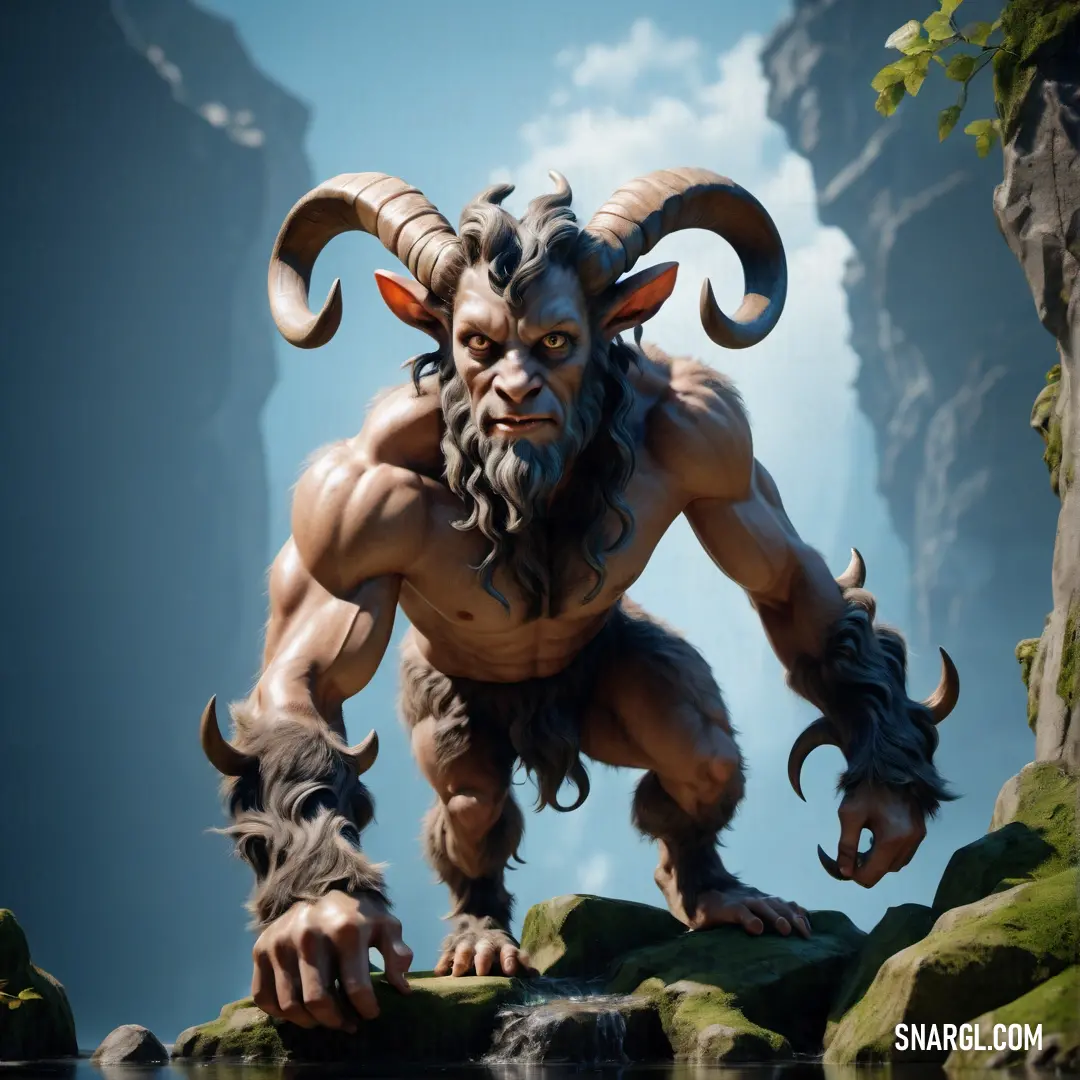
See these colors in NCS, PANTONE, RAL palettes...
What is a Satyr in mythology?
In Greek mythology, a satyr is a creature often associated with the god Dionysus.
They are depicted as having the upper body of a human, with the lower body of a goat, including the tail and ears.
Satyrs are known for their love of music, dancing, wine, and women.
They embody the untamed aspects of nature and are often portrayed as mischievous or lascivious figures.
They're part of the retinue of Dionysus and represent the liberating spirit of the wild, contrasting with the civilized life of humans.
Satyrs feature prominently in various myths and works of art throughout Greek history.
Example of the color palette for the image of Satyr
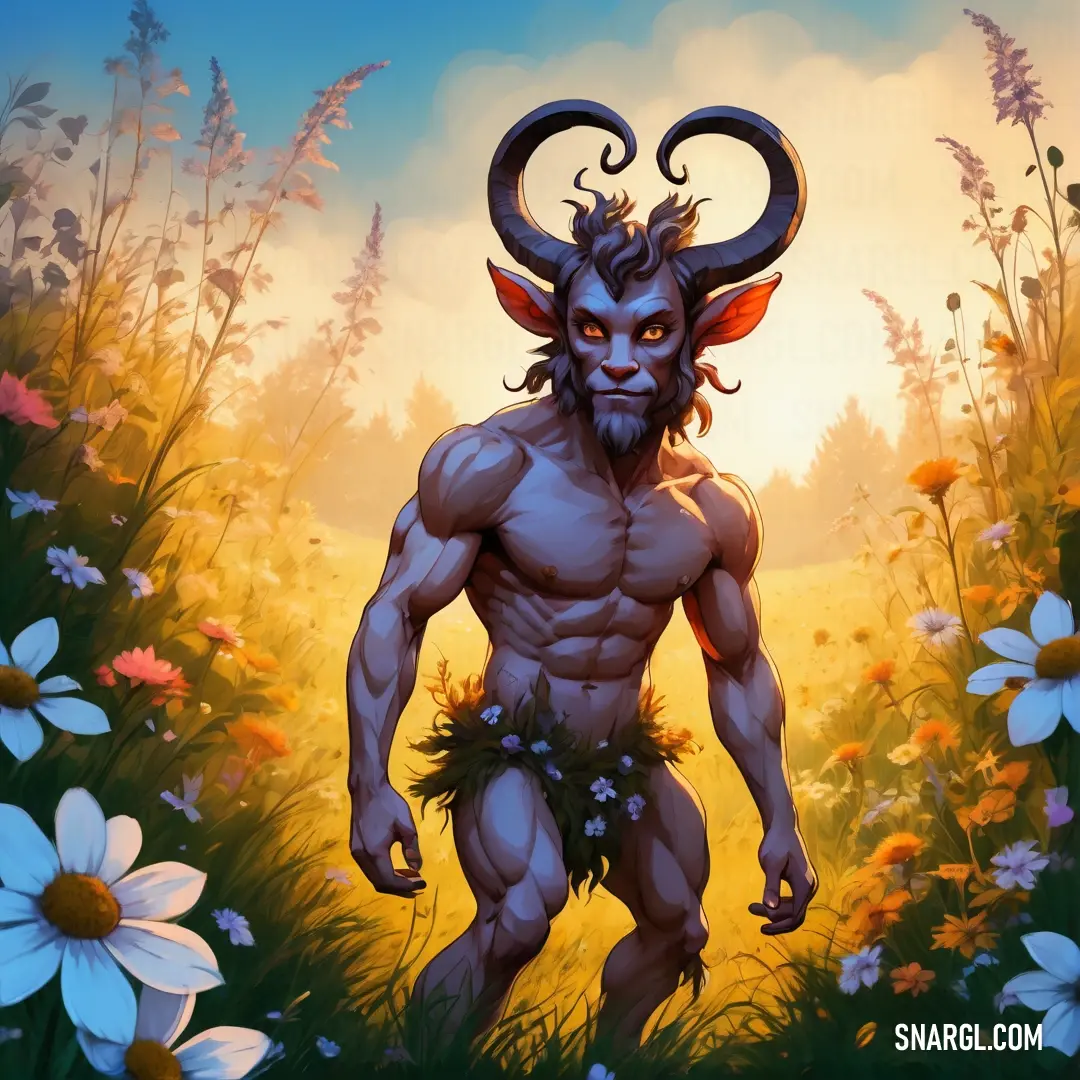
See these colors in NCS, PANTONE, RAL palettes...
Are Satyrs ever female?
In Greek mythology, satyrs were exclusively male, known for their association with the god Dionysus and characterized by their love for wine, music, dancing, and women.
Female counterparts to satyrs, known as 'satyresses,' are entirely a creation of post-Roman European artists.
Satyresses are depicted with human features combined with the body of a goat from the waist down and are relatively rare in classical art.
Example of the color palette for the image of Satyr
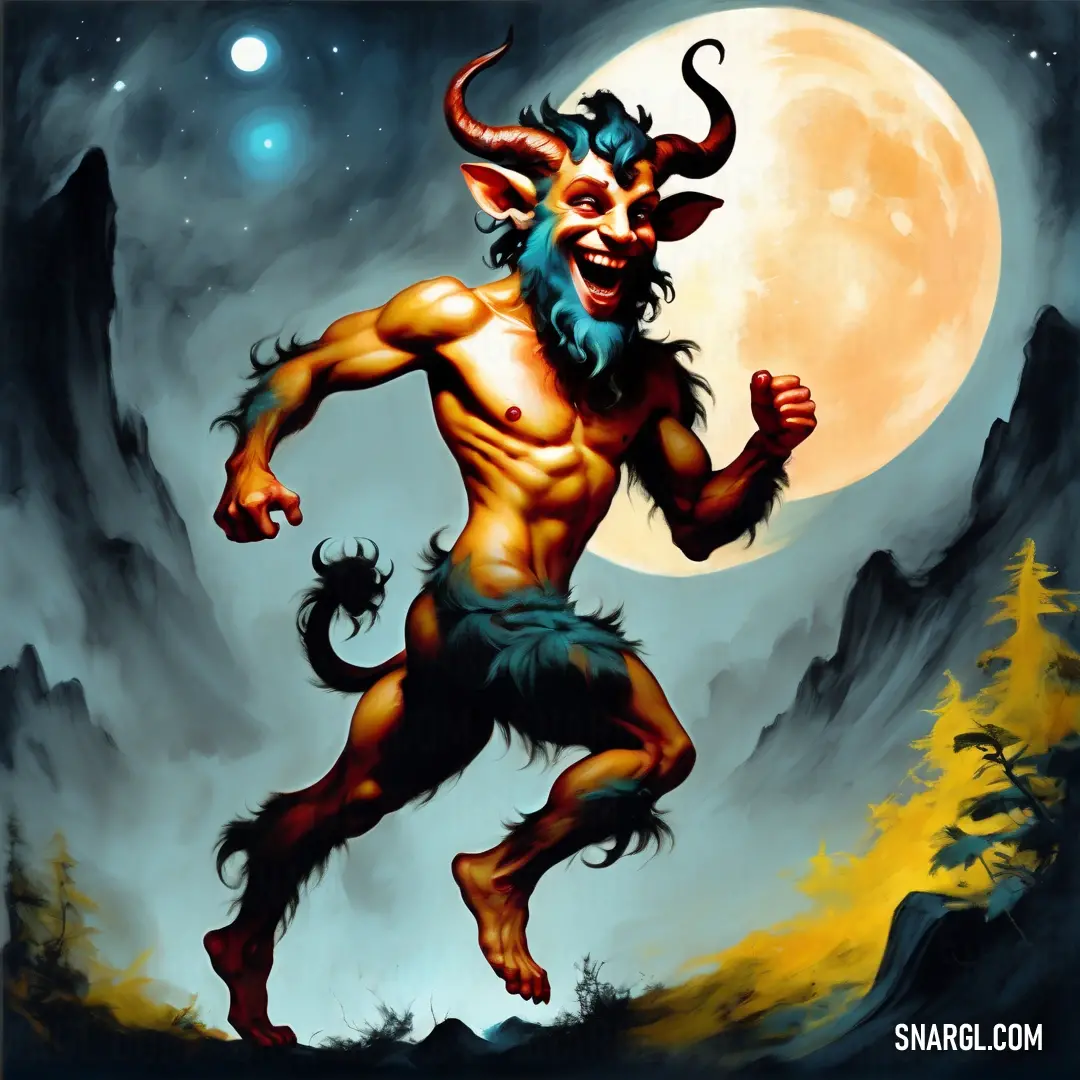
See these colors in NCS, PANTONE, RAL palettes...

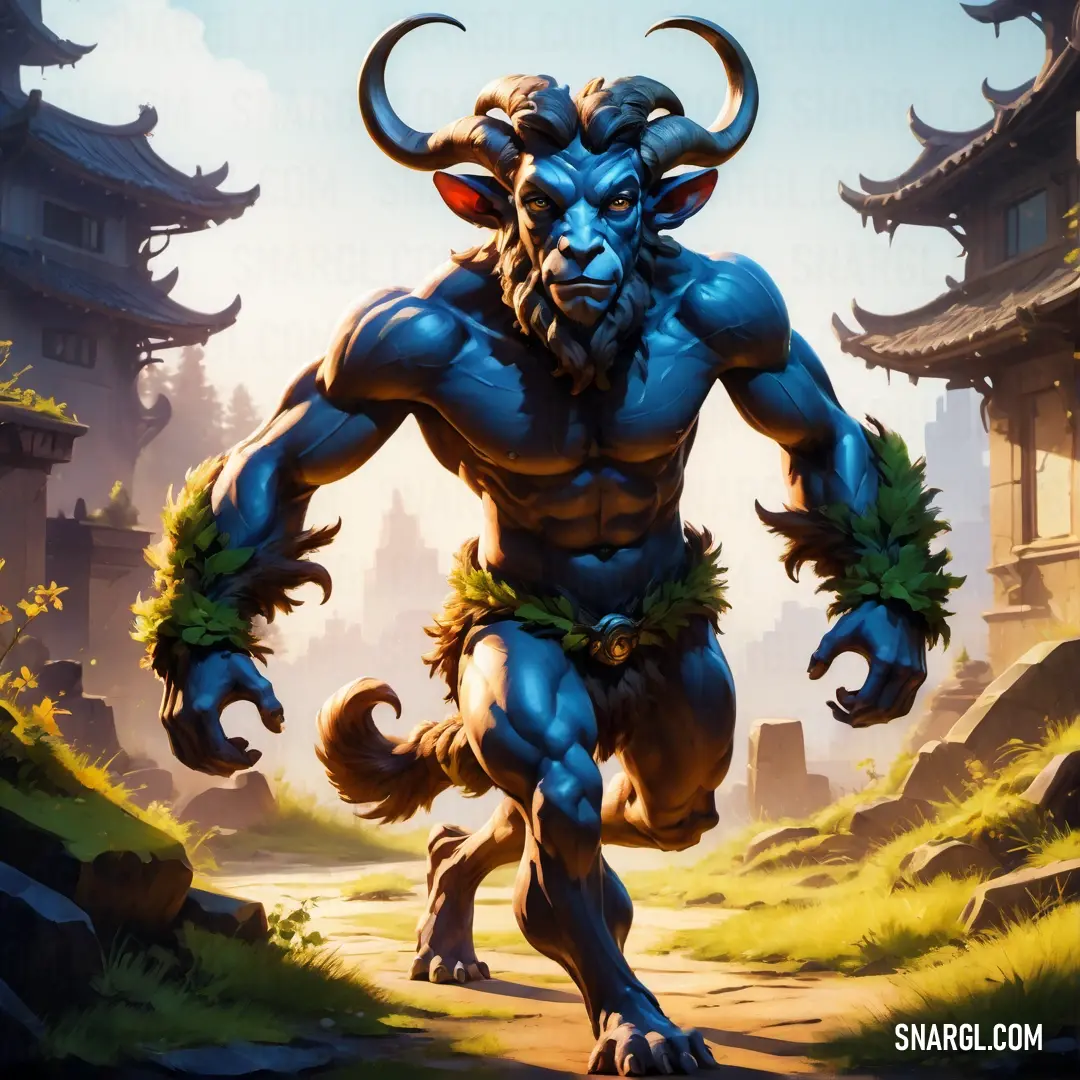
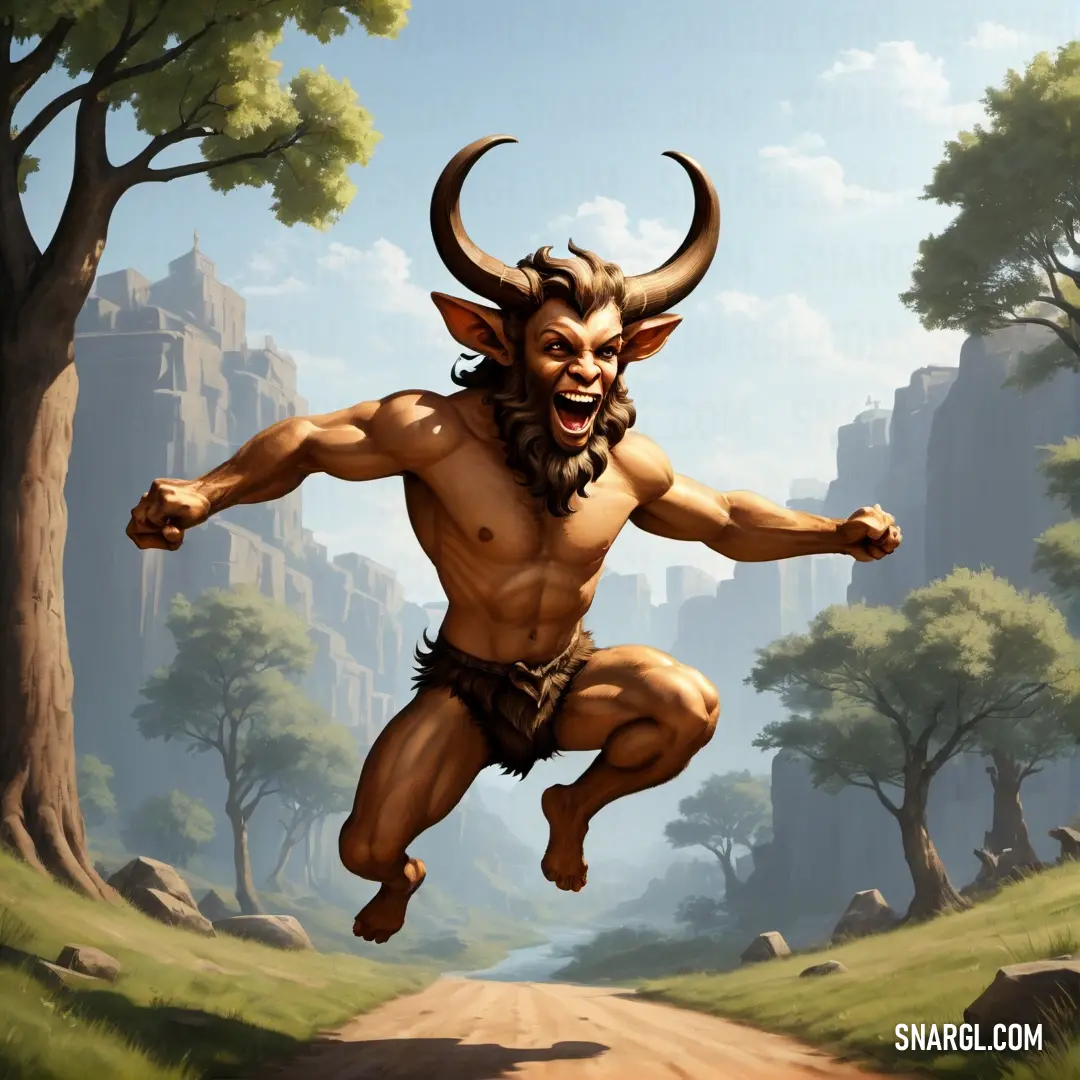
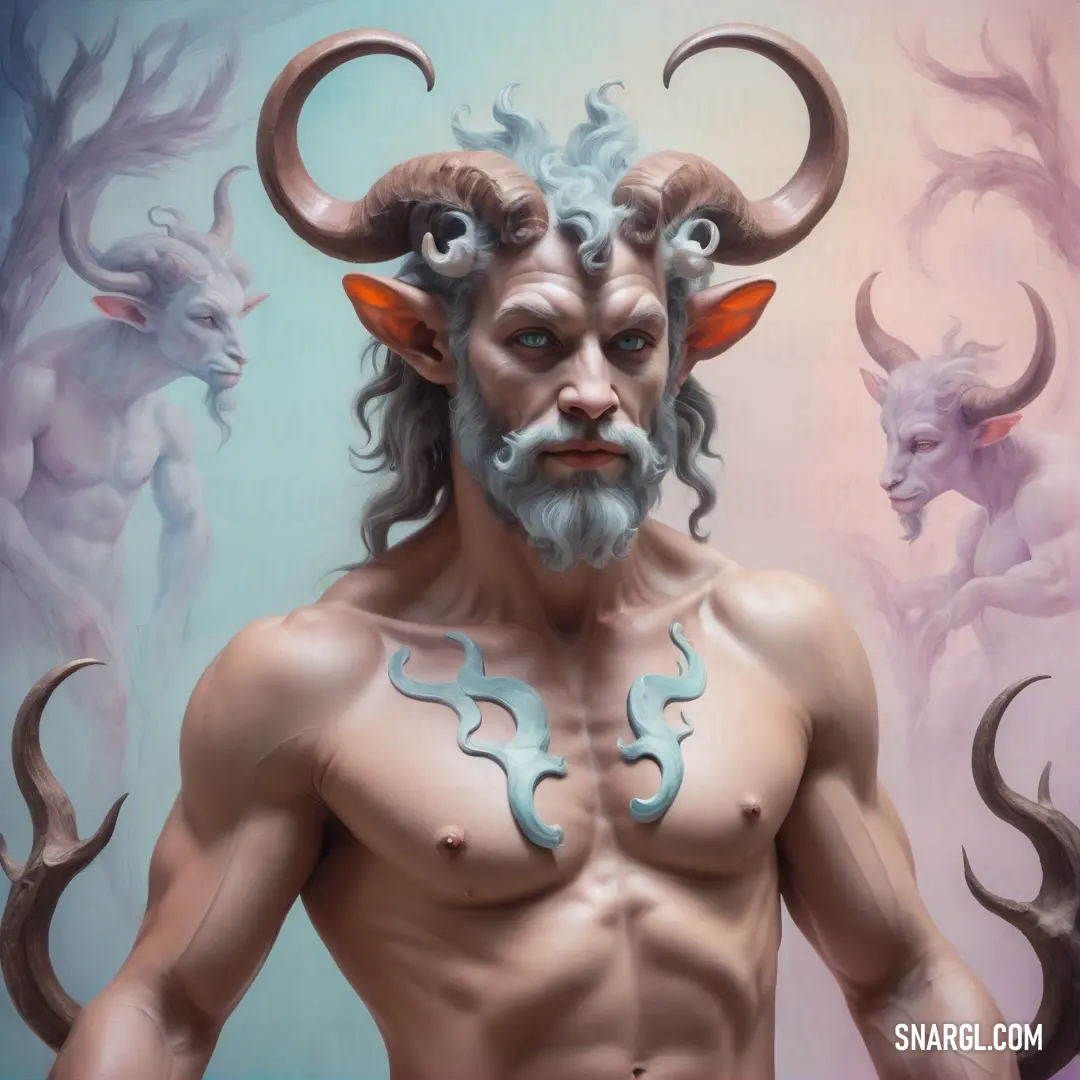
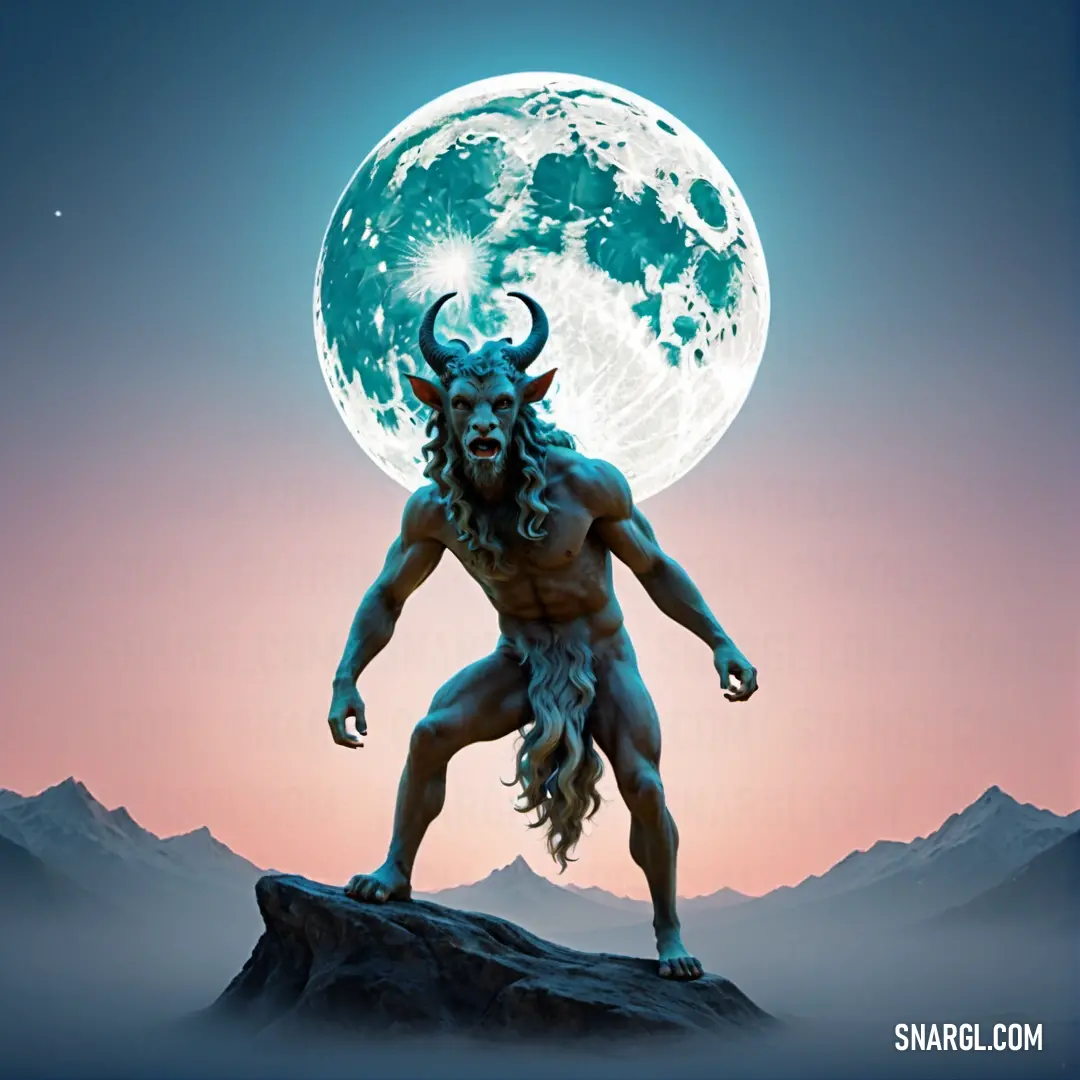

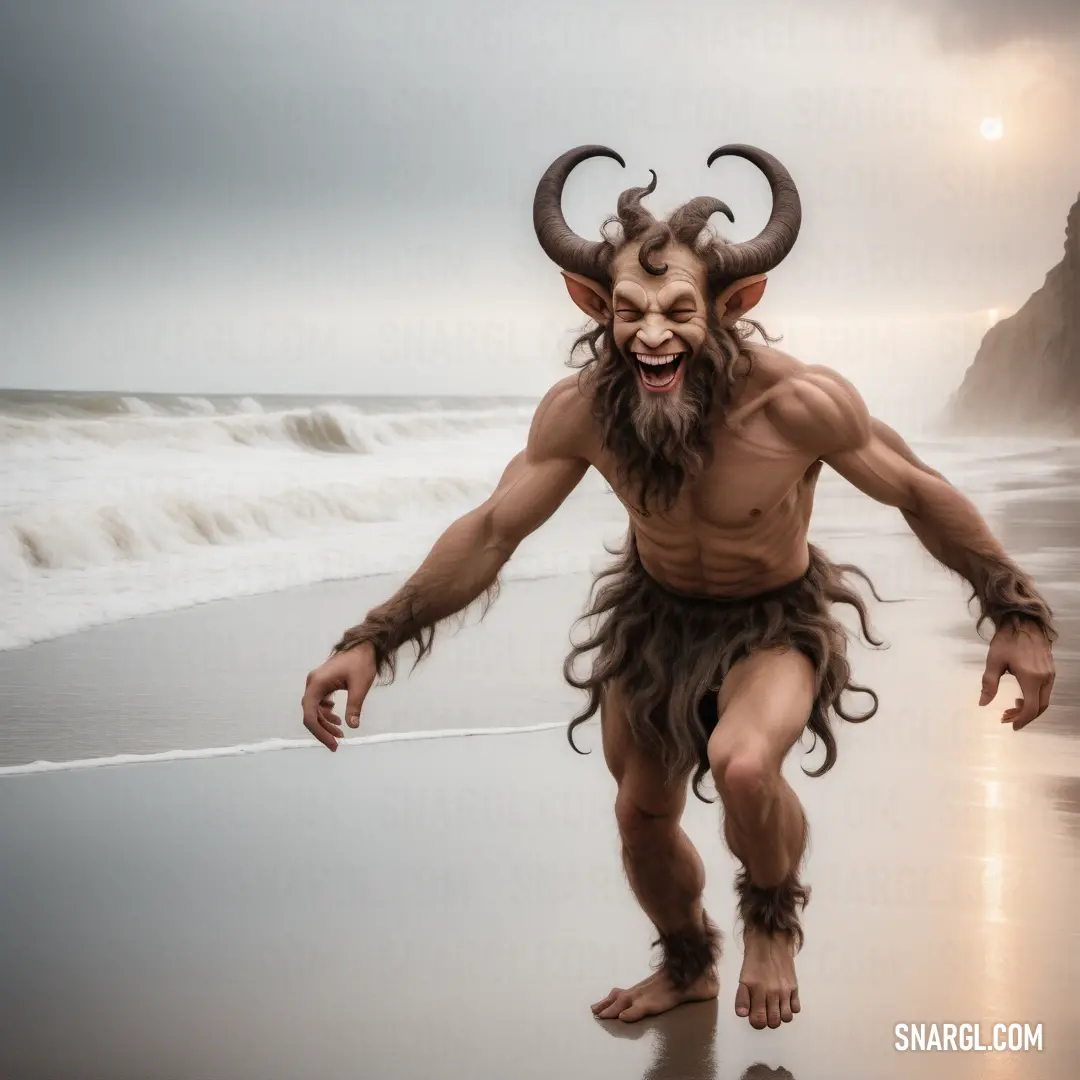
 Zinnwaldite
Zinnwaldite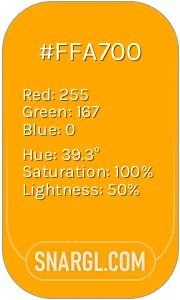 Chrome yellow
Chrome yellow Medium turquoise
Medium turquoise Bottle green
Bottle green Pale brown
Pale brown Smoky black
Smoky black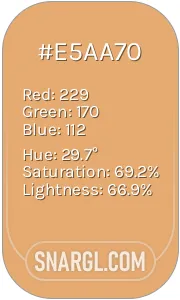 Fawn
Fawn Cafe noir
Cafe noir Gray-Tea Green
Gray-Tea Green Titian
Titian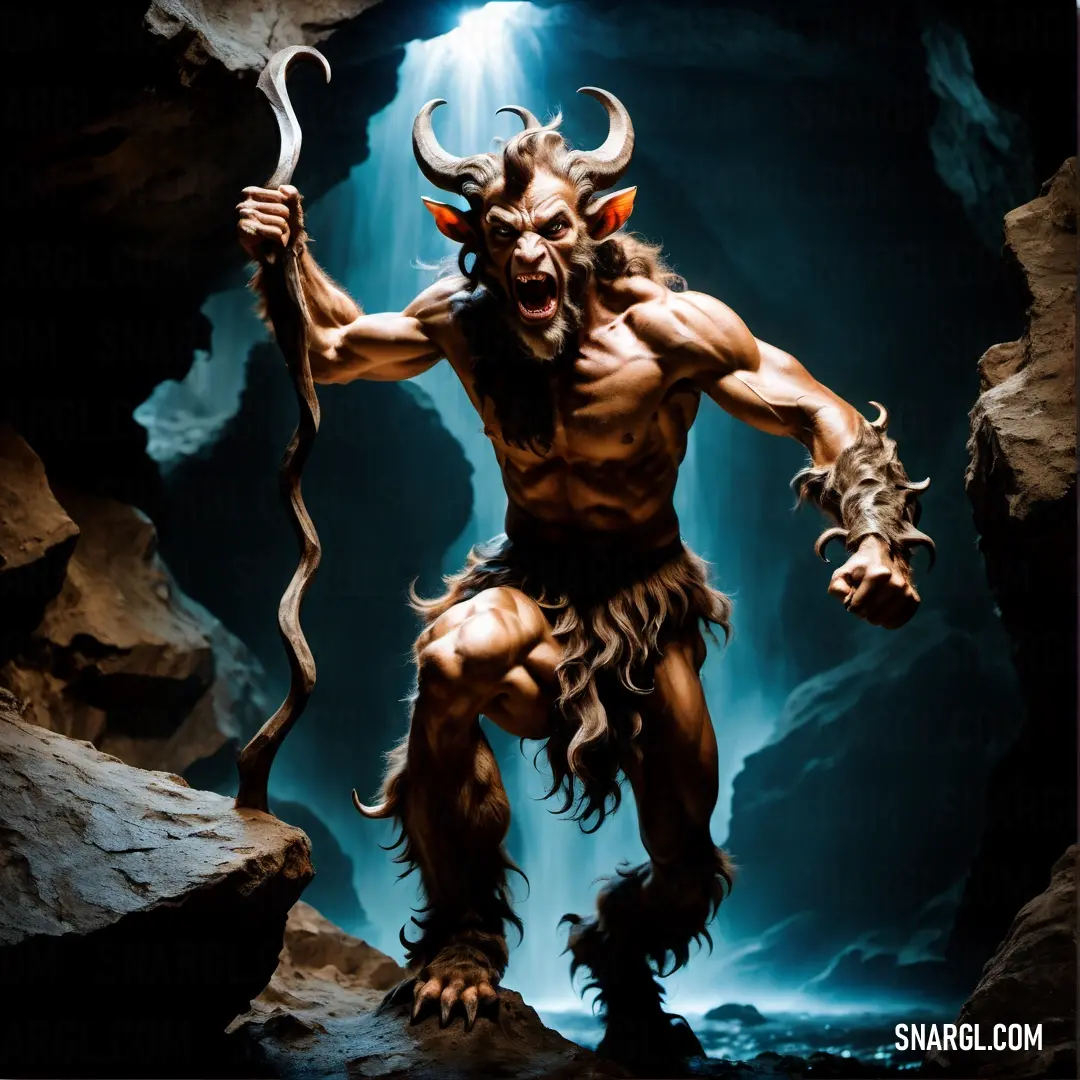
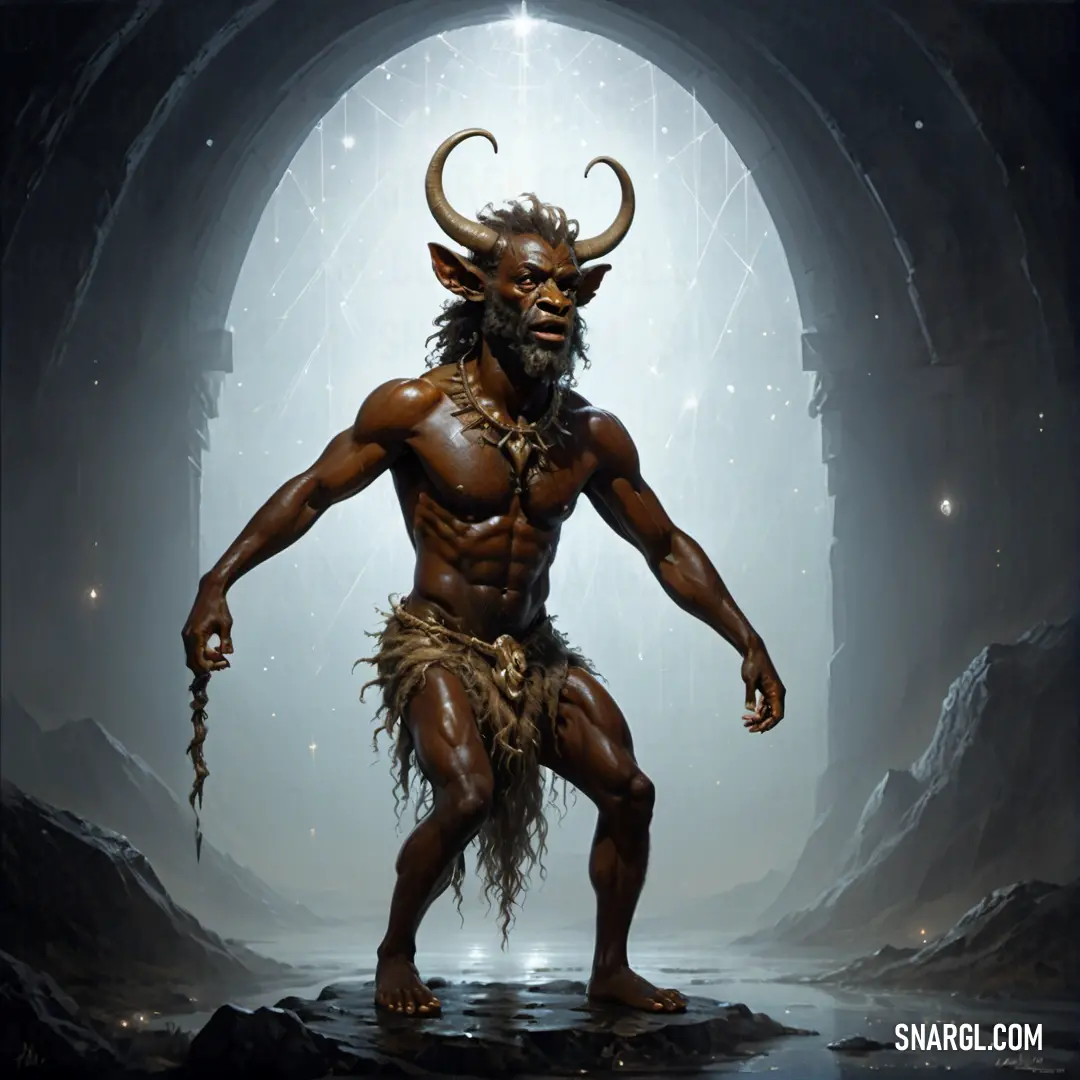


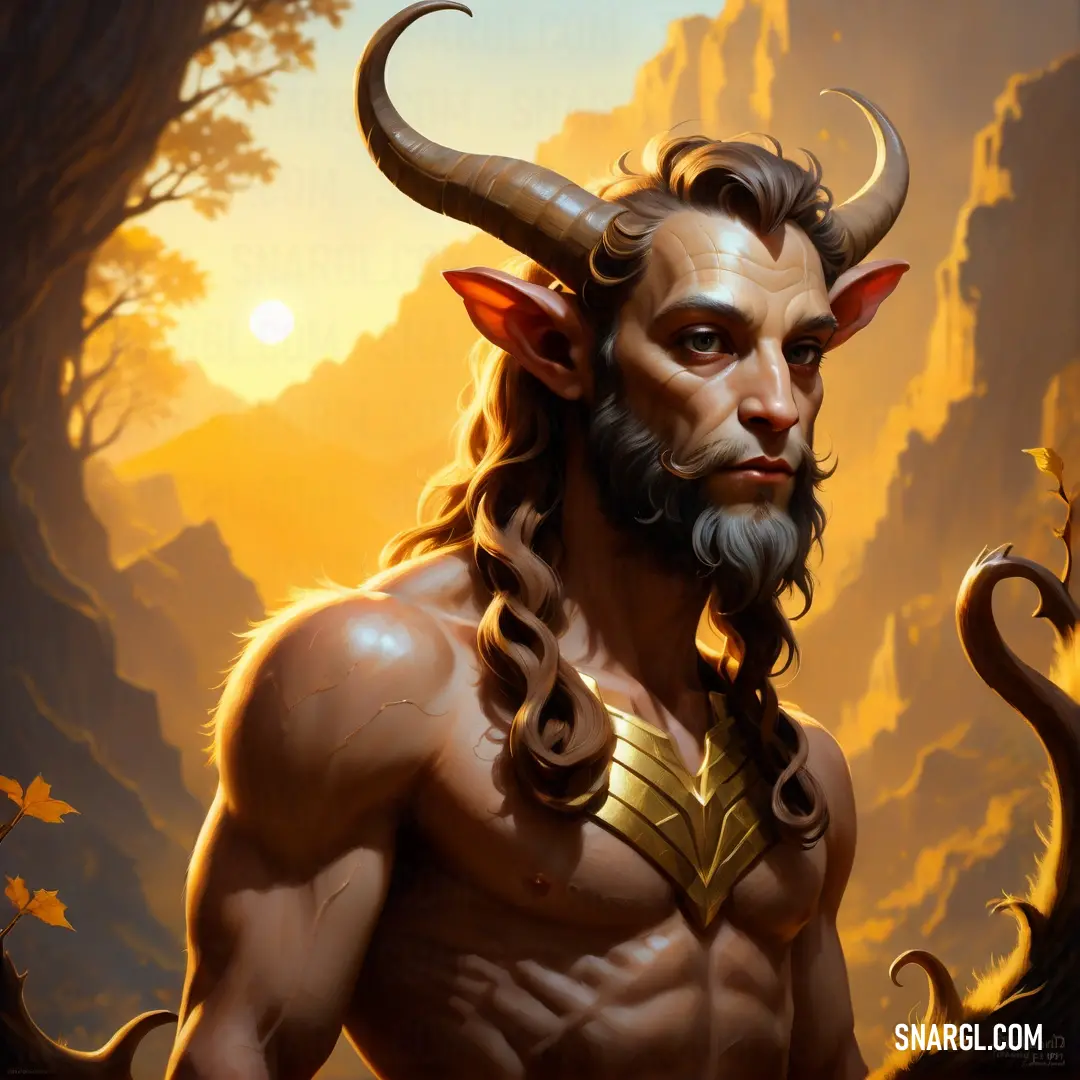
 Bistre
Bistre Taupe gray
Taupe gray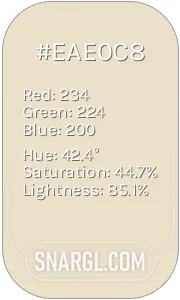 Pearl
Pearl Black
Black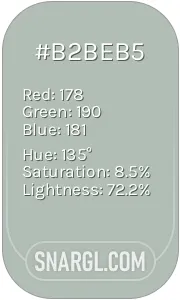 Ash grey
Ash grey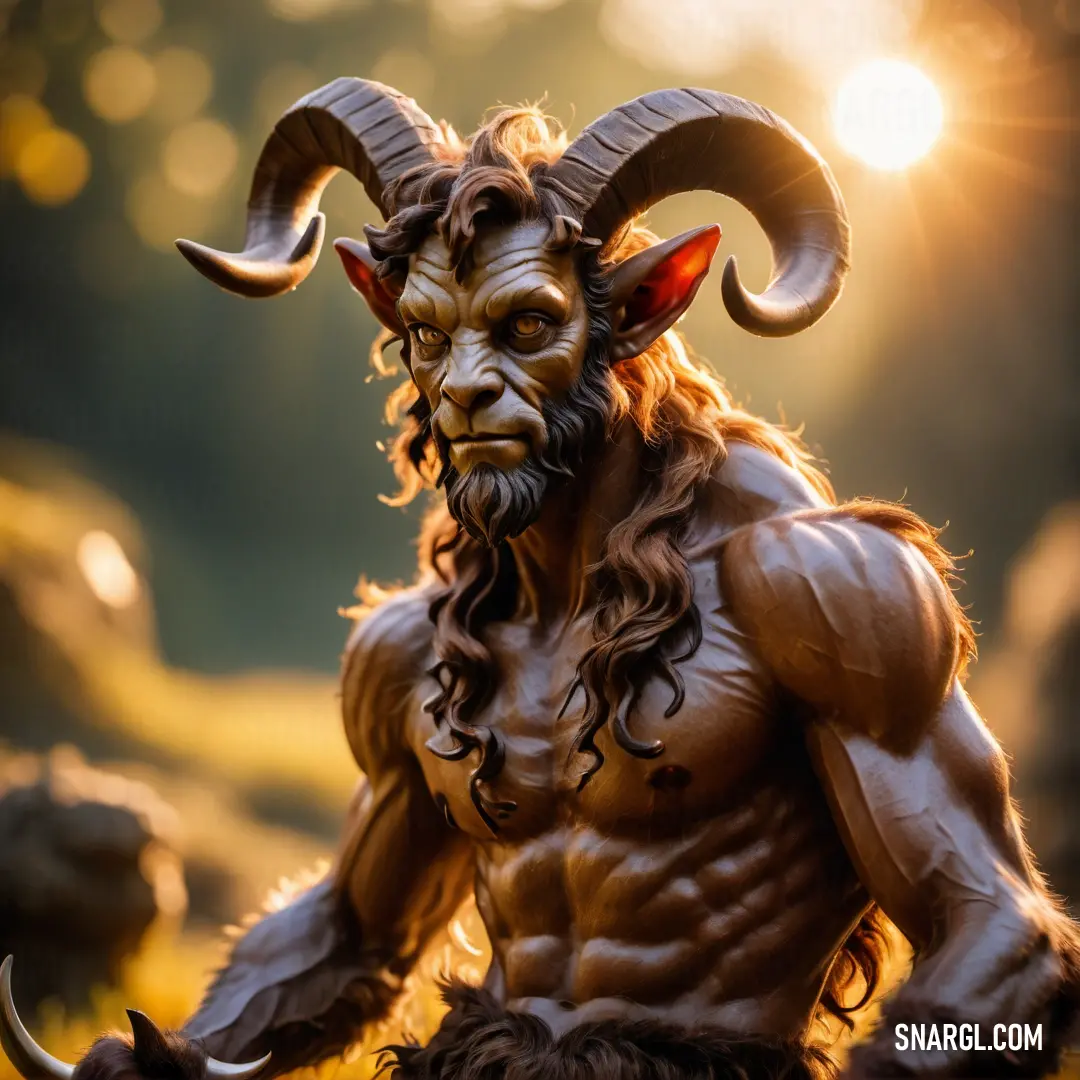
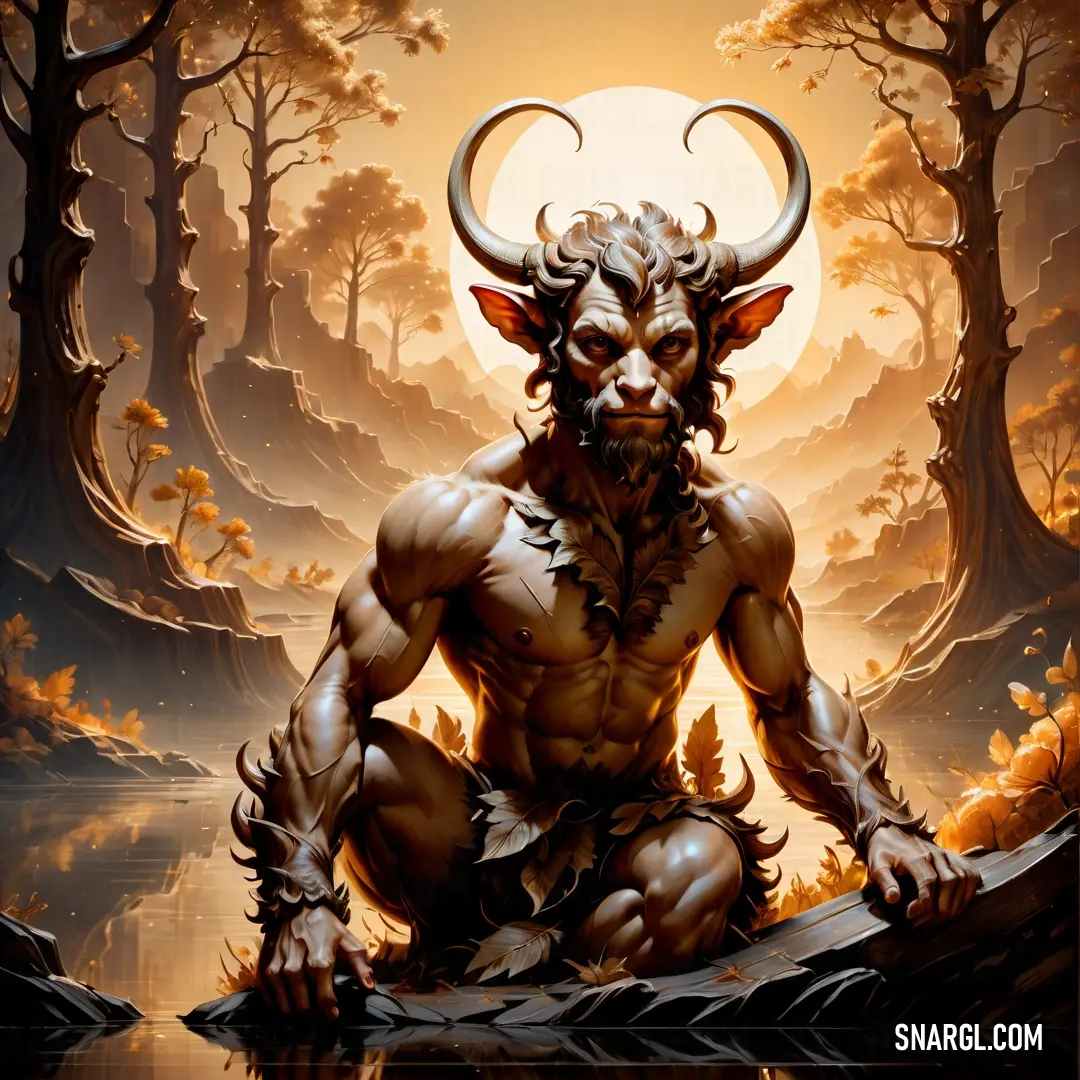

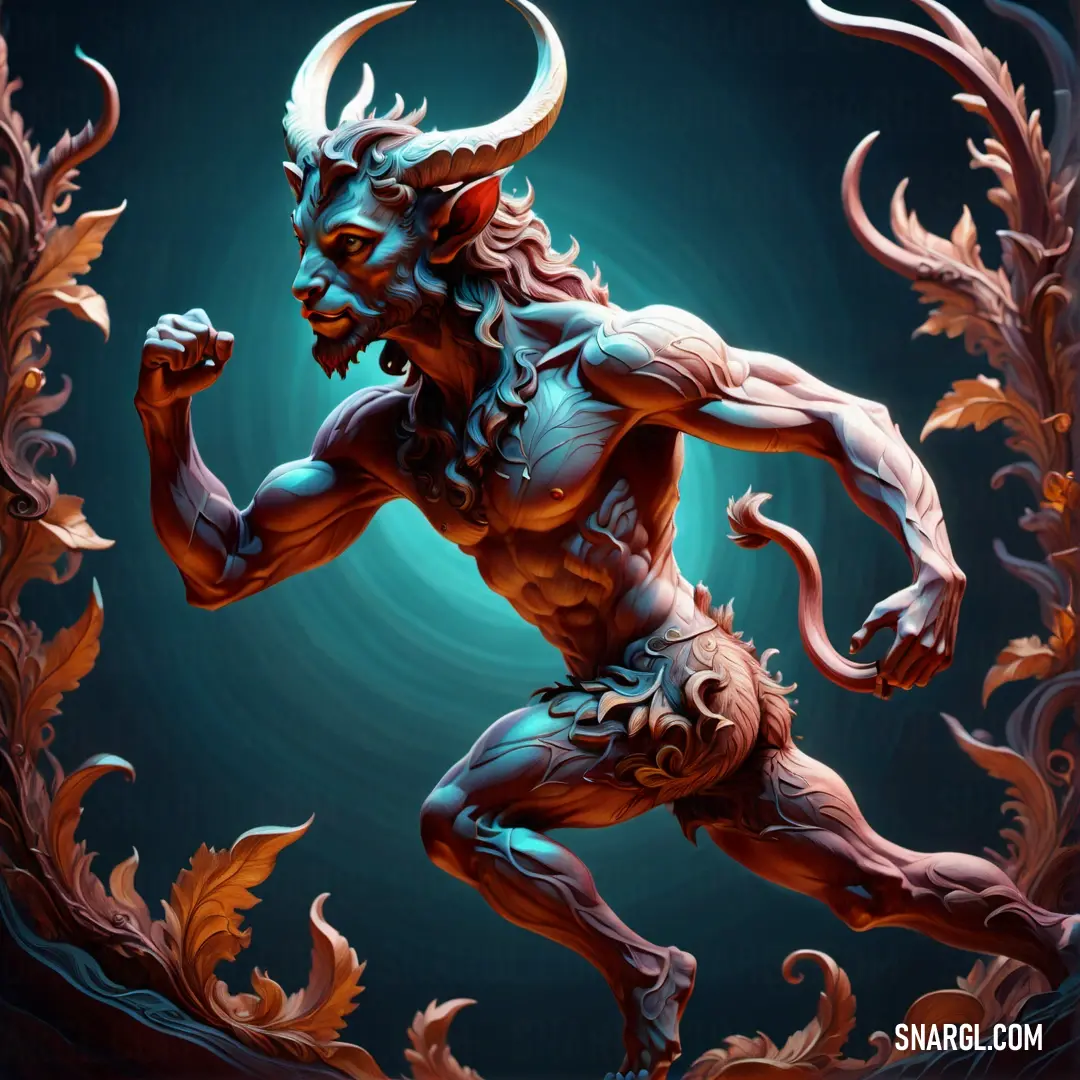

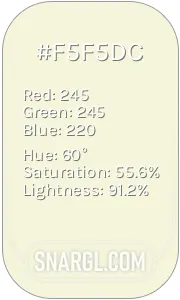 Beige
Beige Cool black
Cool black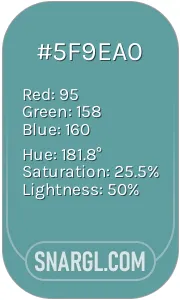 Cadet blue
Cadet blue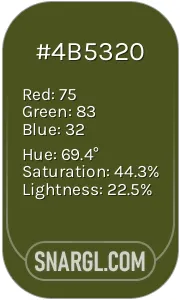 Army Green
Army Green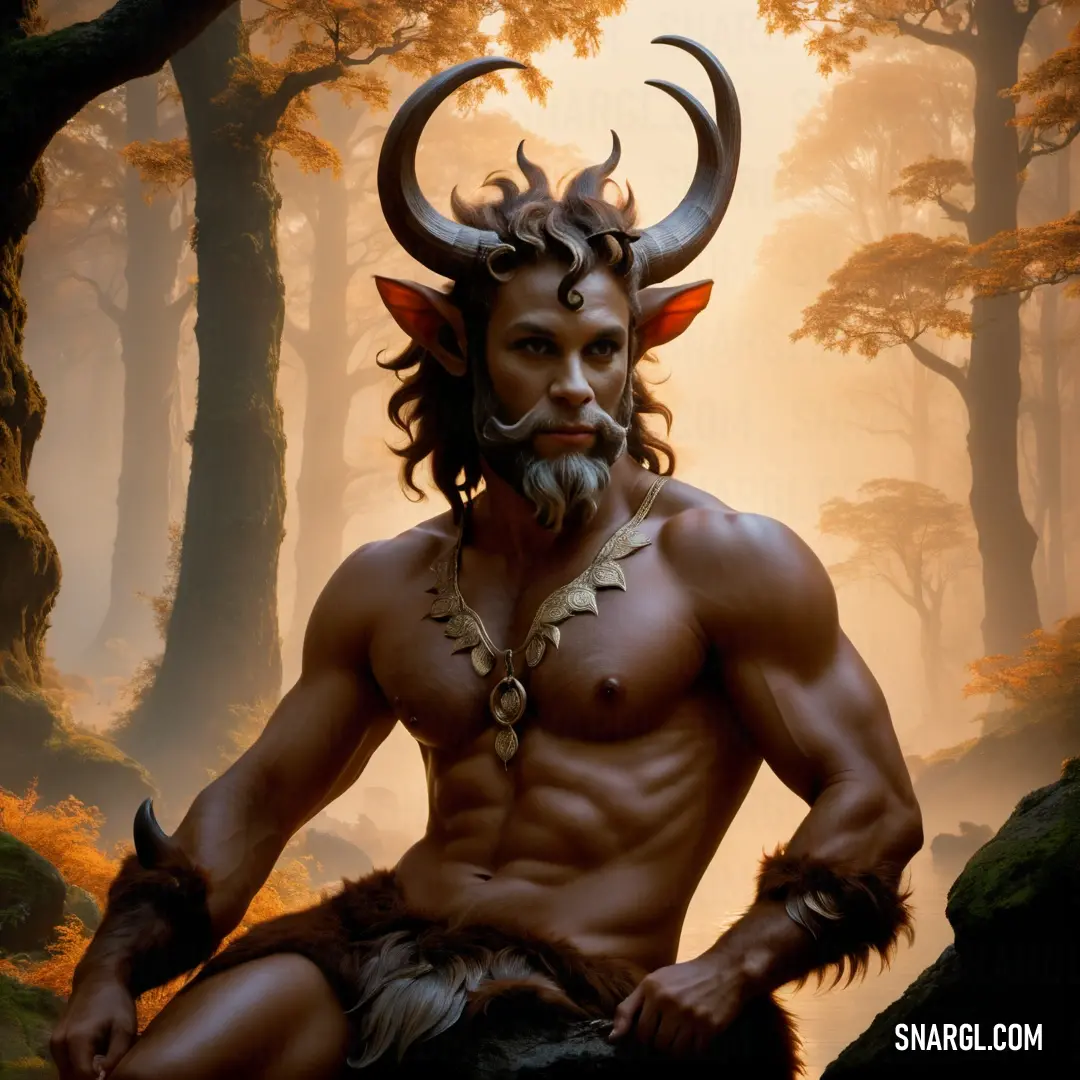

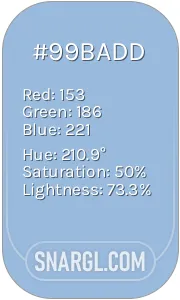 Carolina blue
Carolina blue Dark lava
Dark lava Chamoisee
Chamoisee Platinum
Platinum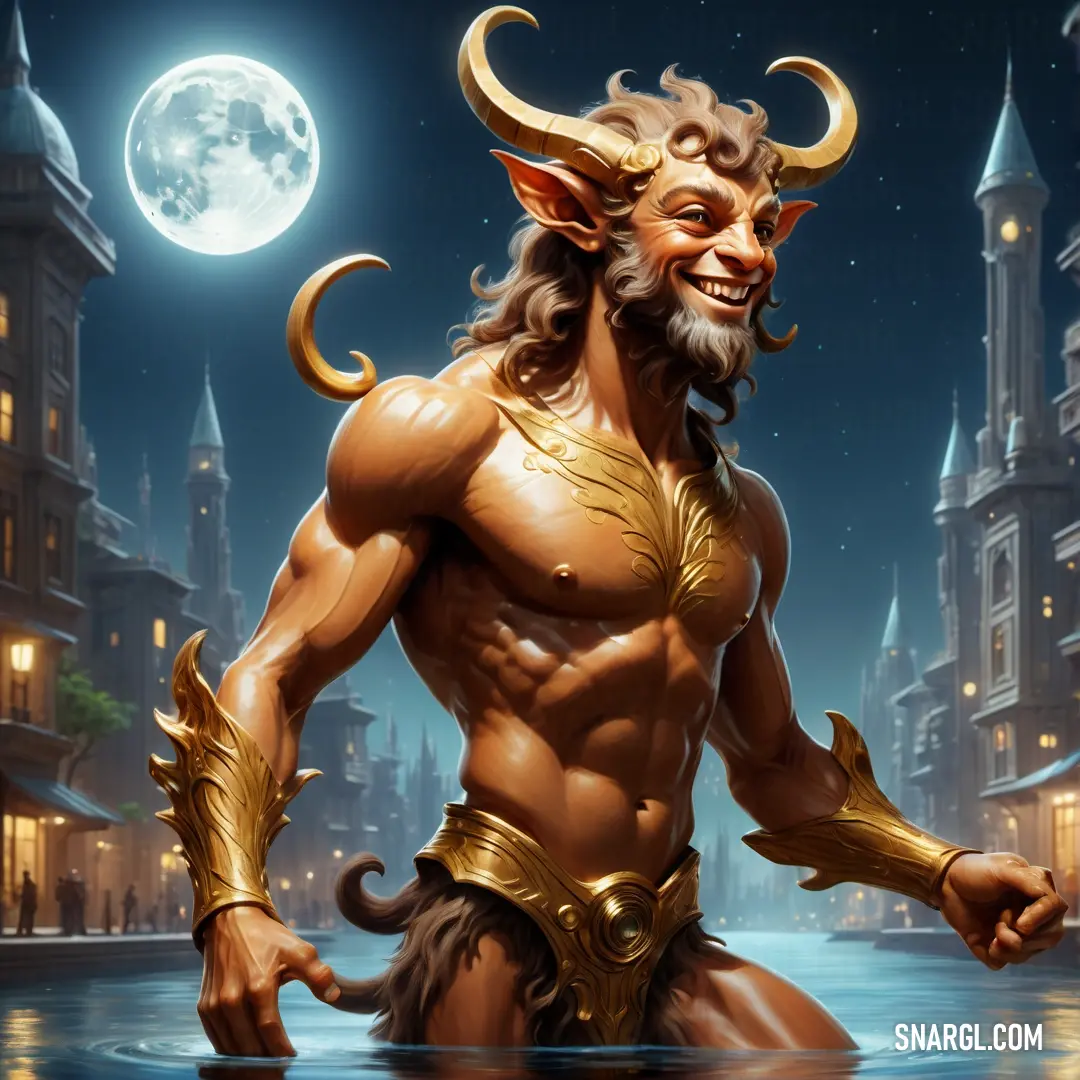
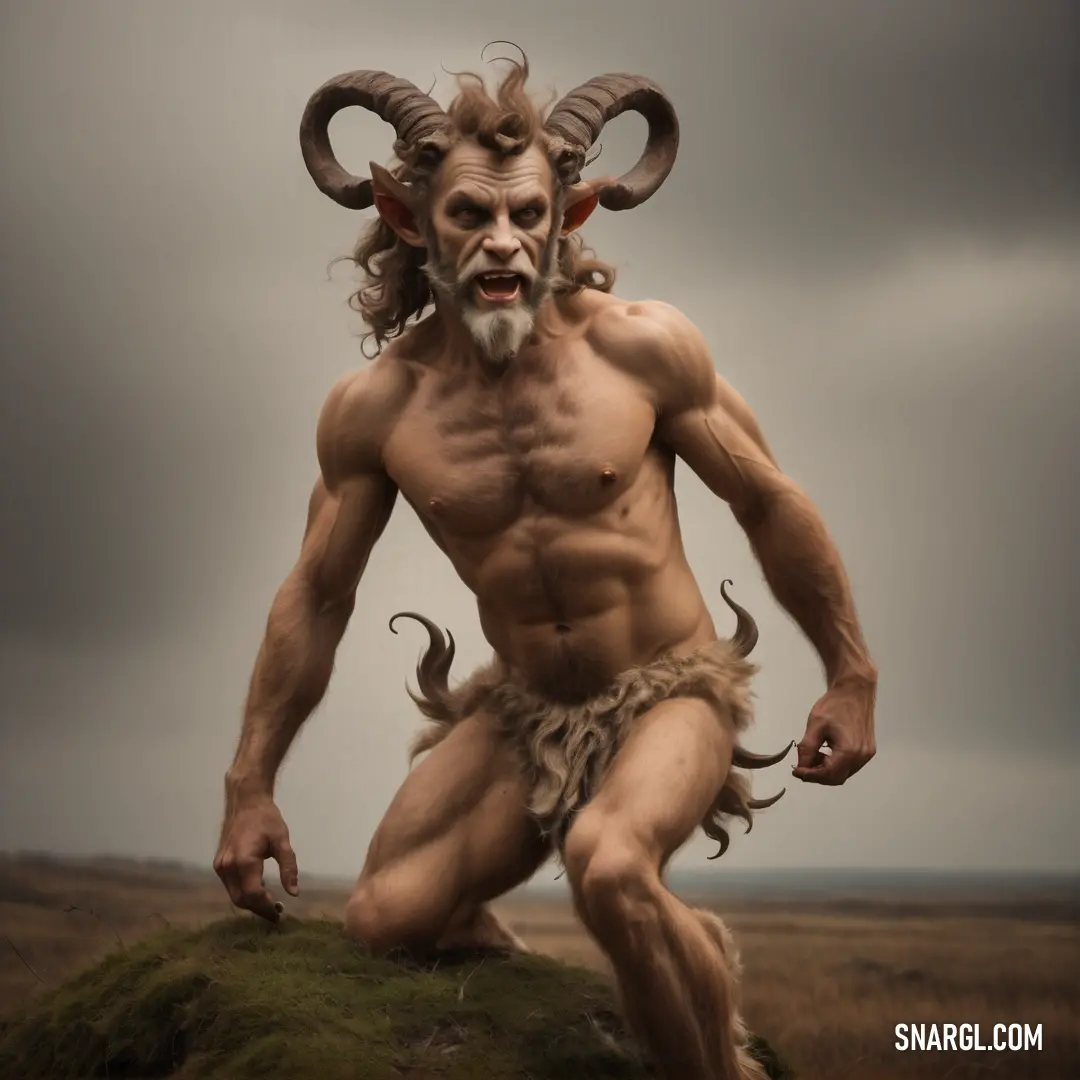
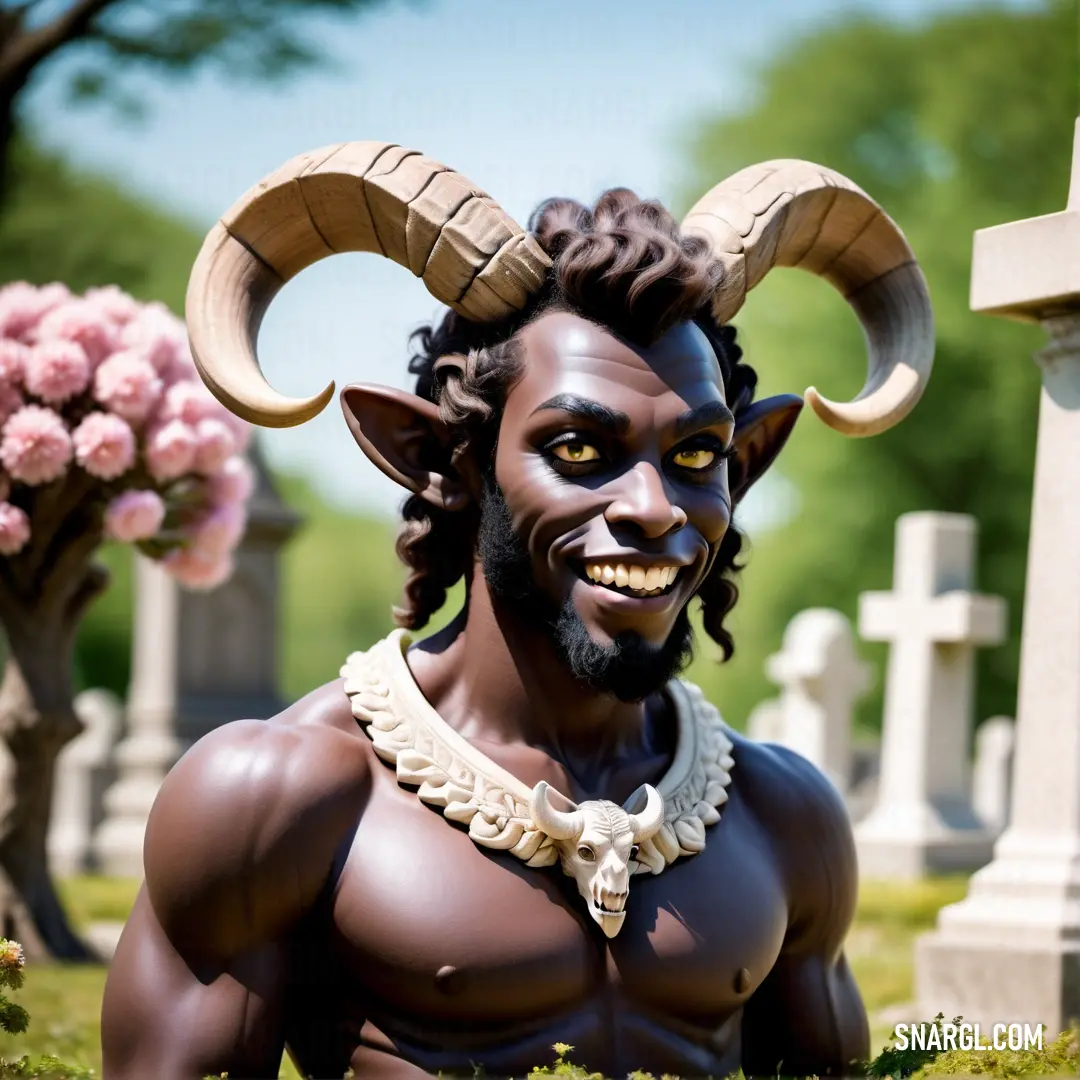
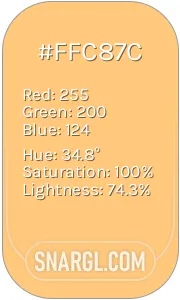 Topaz
Topaz Ochre
Ochre Purple taupe
Purple taupe Glaucous
Glaucous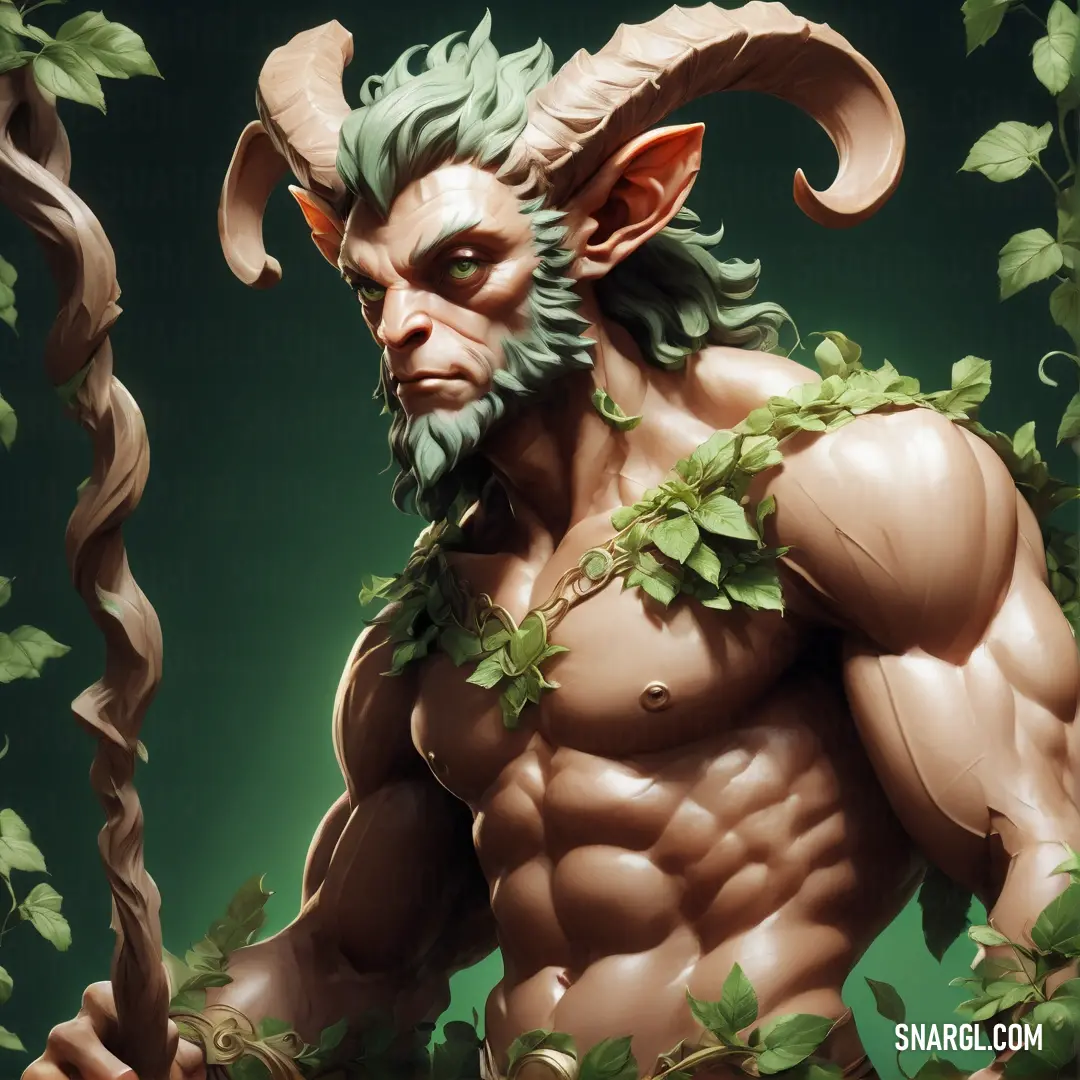
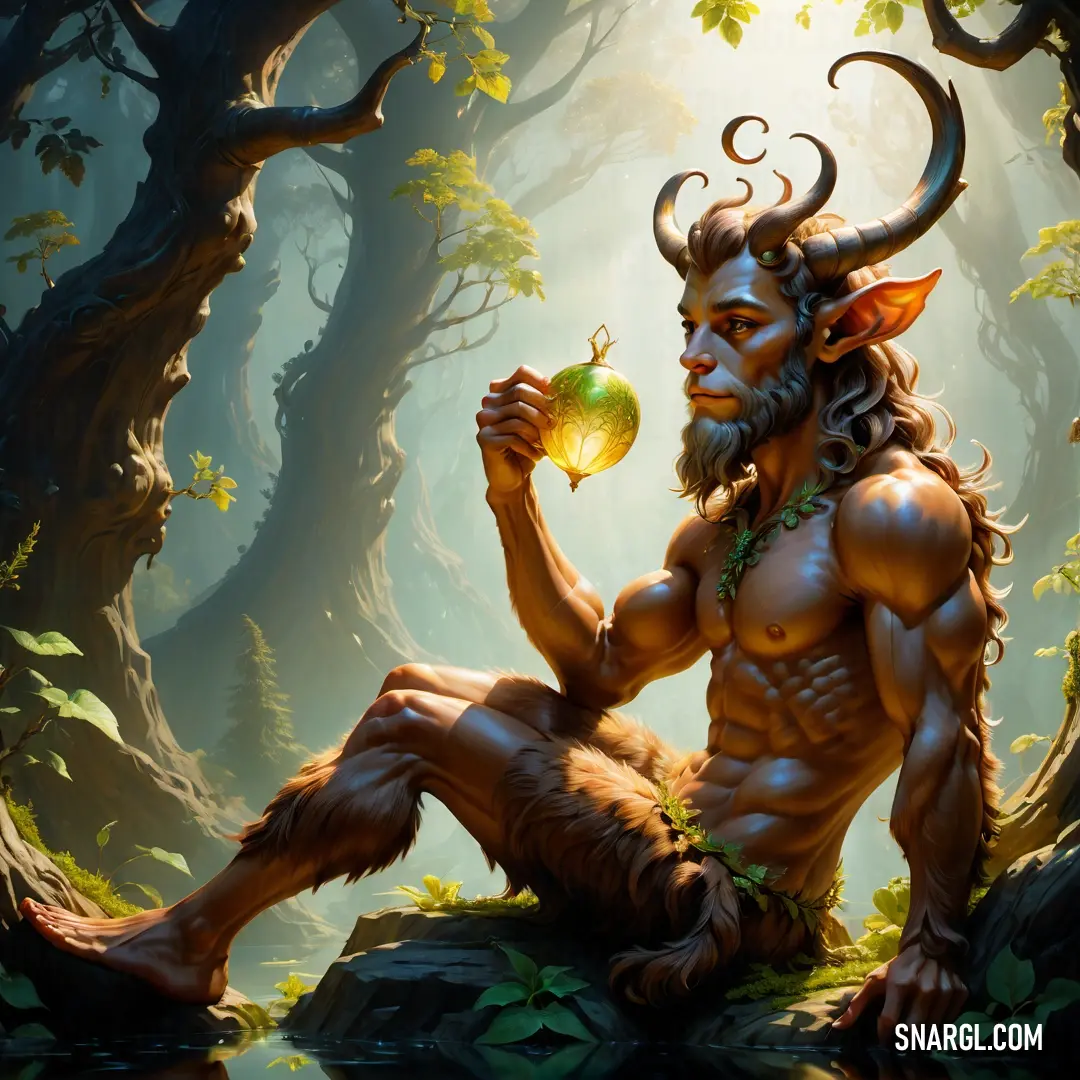
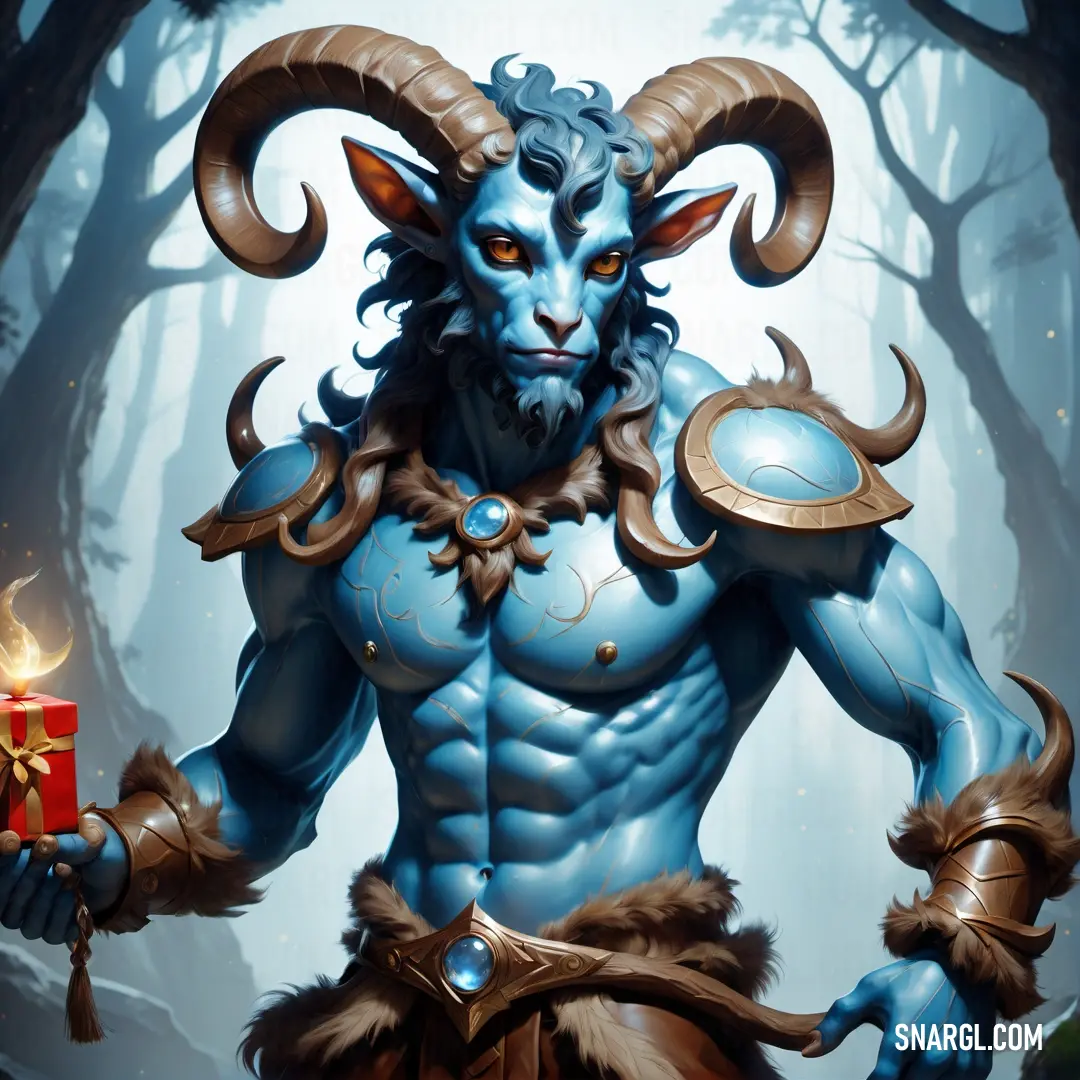
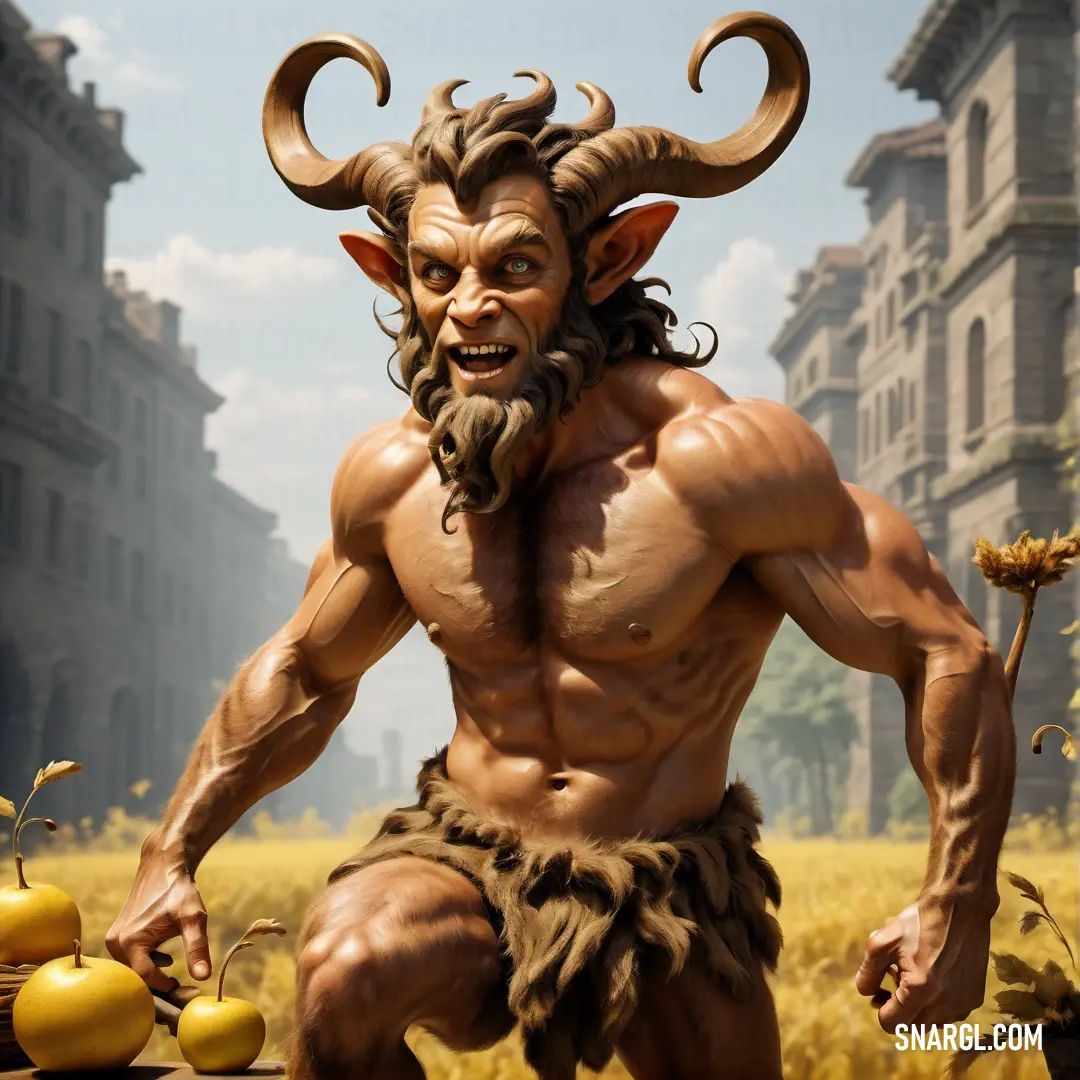
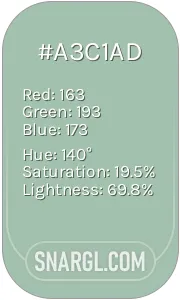 Cambridge Blue
Cambridge Blue Goldenrod
Goldenrod AuroMetalSaurus
AuroMetalSaurus Medium jungle green
Medium jungle green







